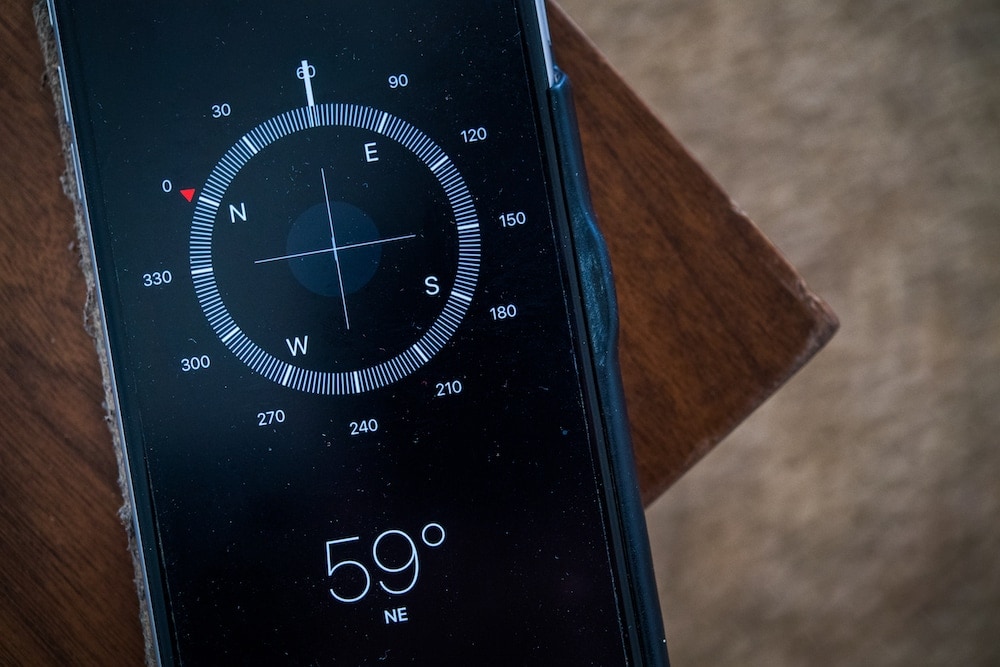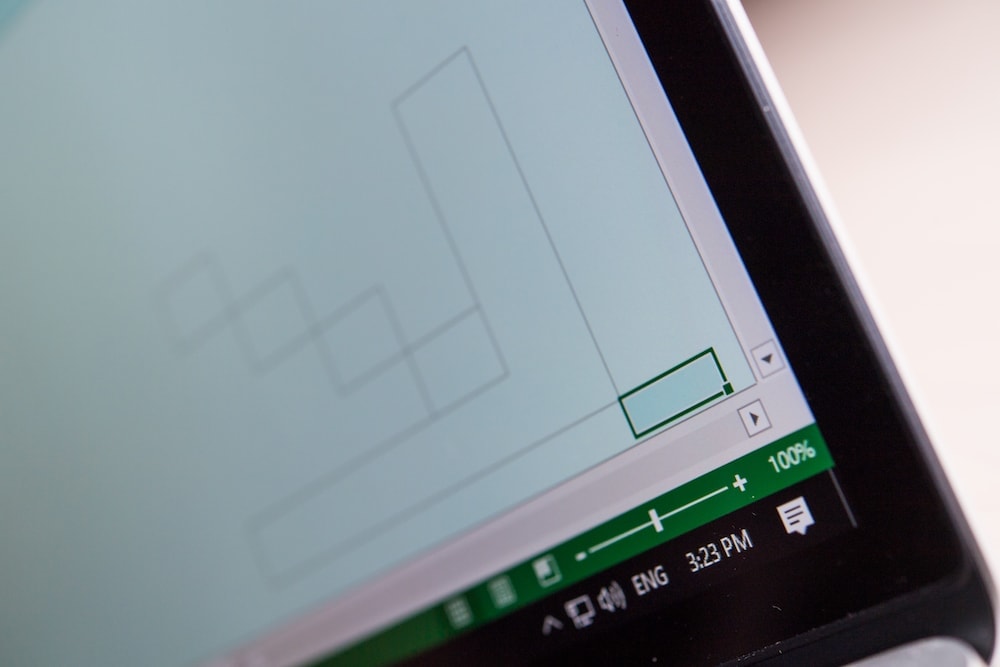One major advantage that Excel has over paper & pen is that you can literally shift EVERYTHING over and make space for more information without disturbing your existing work. You can also clean things up by removing unused information (no more erasing feverishly!).
In this video, I will teach you how to insert and delete cells, rows, and columns quickly and correctly.
Download FREE Hands-On Exercises
Full Video Transcript:
Ever hand in a report to your boss, only to have her respond with, “Where’s the March data?”
Don’t worry, there’s a super quick fix to this and it involves inserting cells, rows or columns, which is the topic of this video.
This is one of the most powerful shortcuts in Excel because it lets you go back and add new information to an existing project, while keeping the cell references and everything else intact.
On the flip side, when you’re deleting, make sure to do so with caution because you can only undo up to a certain point. And once your information is lost, it’s pretty much gone forever and no amount of kicking or screaming is going to bring it back.
Fortunately, the actual shortcut here is very, very straightforward. To add or insert cells, you’re going to hit CTRL + + (plus). To delete, you’re going to do CTRL + - (minus). That’s really it, and this is one of those rare times where our Mac and PC shortcuts are identical.
The only nuance to this is you’re going to select first, before you actually use this shortcut. So, let me show you what I mean. If you want to take an entire row, you’re going to select the row and then insert with CTRL + + (plus) to get that row inserted. If you want to choose an entire column, you’ll do it this way and then do it afterwards.
If you want to do an entire cell, you’ll get this pop-up window saying, “Do you want to shift the cells right or down?” You’ll never really need to use these two because you can just select the entire row or column first. That saves you some trouble. But again, think about how you want to shift stuff over to the right or down. Sometimes it varies, based on what you’re trying to do.
Here are some exercises that I’ve created specifically to reinforce these shortcuts, and practice as many times as you want. So, to insert all the cells here, you’re going to end up getting the side on the left to match exactly with the side on the right. And the way to do this, in this example, is to insert the cell, so CTRL + + (plus).
Again, notice I’ve selected the cell first. Shift it to the right because I want this number to move over to the right, and hit “Okay.” And I do the same type of thing over, make sure I’m shifting around until it matches exactly.
You’re going to go through insert the cells, you’re going to do delete all the cells. You’re going to insert the rows, delete the rows, insert columns, delete columns. Lots to do, but it’s all under the same umbrella of inserting cells with CTRL + + (plus) and deleting cells with CTRL + - (minus).
Don’t forget to visit excelshir.com where you can download these exercises, along with other free resources such as keyboard shortcut cheat sheets for both PC and Mac.
Thanks for watching. See you next time. And in the words of William Shakespeare, “To err is human, but sharing the Excel love, now, that’s divine.” He’s so right.





